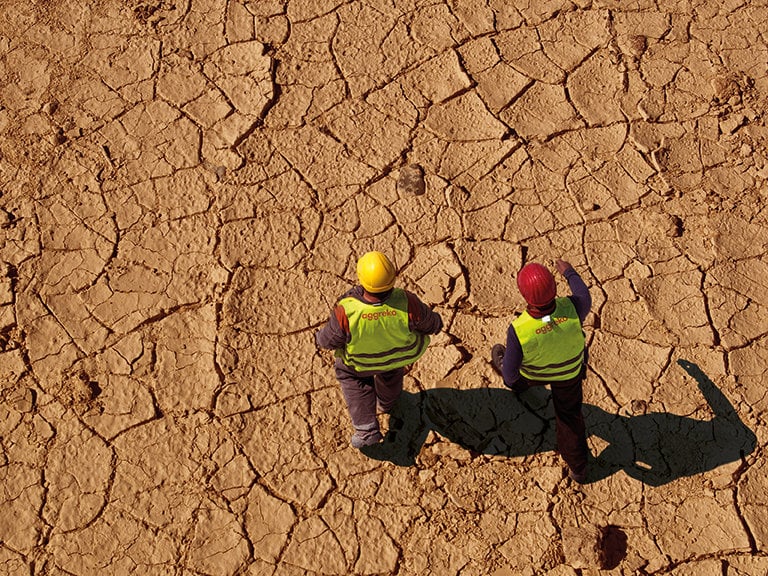Aggreko: Closed-Loop Cooling Key to Curbing Thirsty Data Centres
With the water consumption of data centres rising sharply in line with the growth of AI, energy solutions and temperature control specialist Aggreko is recommending closed-loop cooling systems to help reduce water usage in the sector.
www.aggreko.com

AI continues to rise up the international agenda at present, with tools such as ChatGPT receiving widespread attention for their applications across a number of industries. However, amid this increase in demand, strain on data centres, and in turn the natural environment, is similarly rising.
A recent article from The Telegraph details the extent of this problem, revealing that each command given to ChatGPT “drinks” the equivalent of a sip of water, with 20 tasks equating to half a litre. With multiple flashpoints of water scarcity in 2023, and the scale of the challenge only continuing to grow, Billy Durie, Global Sector Head for Data Centres at
Aggreko, is pointing to solutions through which data centres might reduce their water consumption even as operations become more intensive.
“AI has been around for years, but its recent entry into mainstream usage has greatly increased demand on data centres. Its positive applications are innumerable, but it is important to recognise that the use of AI also harbours a very real physical impact.
“With increasingly intensive operations comes higher water consumption, in the interest of cooling. However, this also coincides with increasing instances of drought across Europe and the wider world, with countries such as Italy and Spain particularly affected in 2023.
“AI presents a fantastic growth opportunity for the sector, but it is paramount that this is done so sustainably, lest we contribute to a global water crisis. New cooling technologies may help data centres cope with the demand of such operations while curbing their water consumption.”
Here, Billy is referring to closed-loop cooling systems, wherein a chiller forms the primary cooling solution. Water-chilled air is distributed through a cooling circuit consisting of a compressor, evaporator, expansion valve, condenser, and multiple Computer Room Air Handers (CRAHs), each supplying cooled air to the racks.
From here, the ejected warm air is directed to a heat exchanger and cooled again, before being recirculated. Crucially, this method results in little to no water losses, as the system uses a fixed volume of water that recirculates.
Billy concluded: “Up until now, the name of the game has been Power Usage Effectiveness – or PUE. However, as data centres become increasingly thirsty and water becomes less accessible, water usage effectiveness – WUE – must also be considered.
“Closed-loop cooling systems are able to achieve an excellent WUE value as they are able to function on a fixed volume of water. In direct contrast, a standard open-loop system, consisting of a water-cooled chiller with a cooling tower, requires a constant supply of water due to evaporation, drifts and blowdown.
“With this in mind, it is clear that closed-loop cooling is the way forward for any climate-conscious data centre operator. Here, Aggreko can help facilitate the changeover by supplying temporary cooling while the old system is replaced, ensuring that uptime is not impacted. By getting ahead of the curve on water consumption, the sector can continue to reap the benefits of AI while continuing along a trajectory of sustainable growth.”
www.aggreko.com

